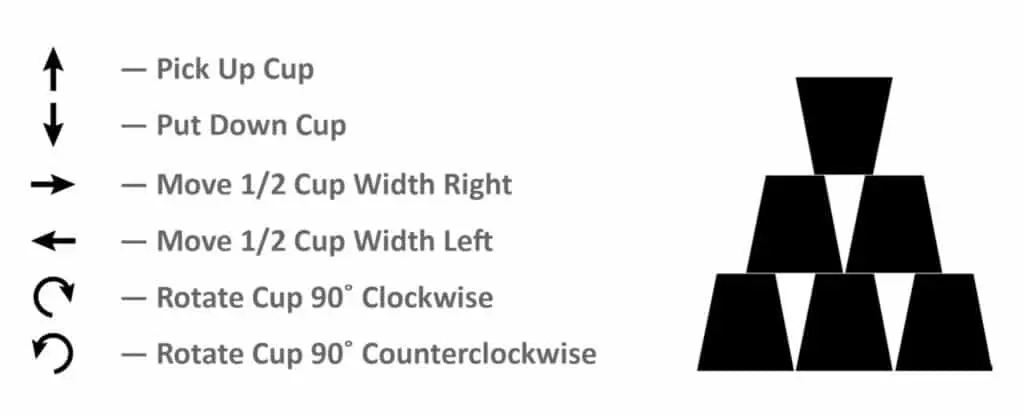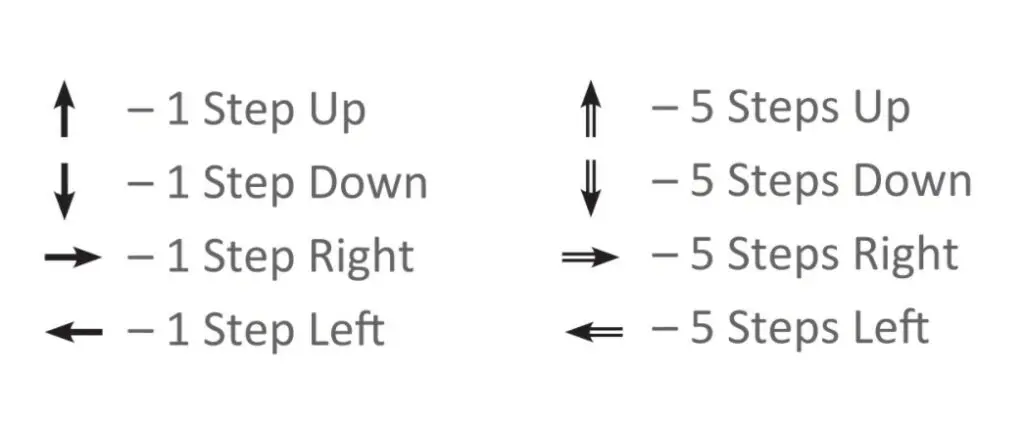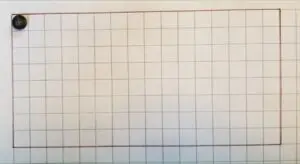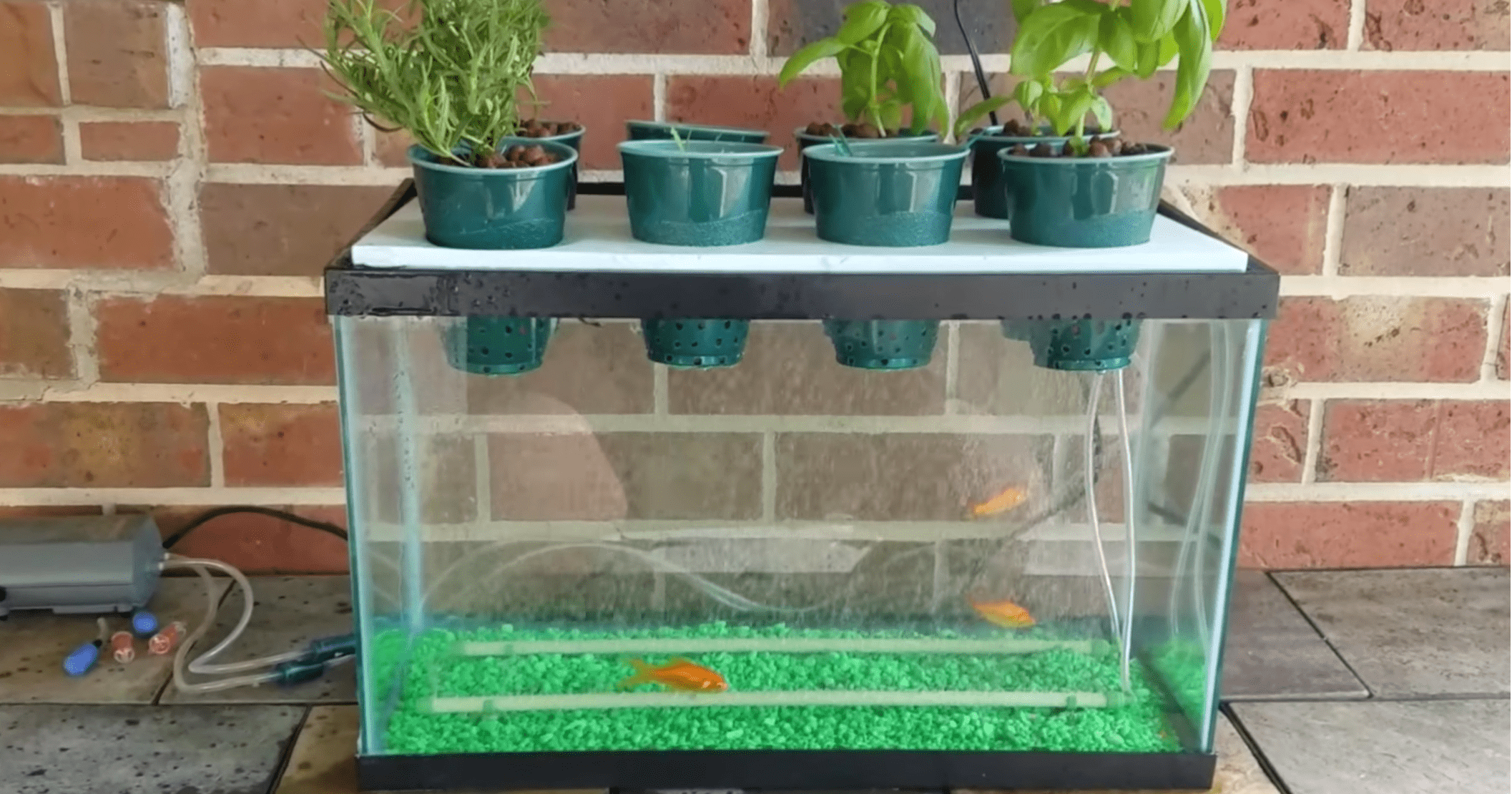This article contains collapsible sections with activity materials, instructions, and additional resources. Use the expand/collapse buttons to view each section.
Activity Content Sections
Click to expand or collapse the materials needed section


 The ingenuity behind Operation Polar Eye has computer coding at its core. Coding, or programming, is the set of instructions we give computers so that they know what we want them to do. Part 1 of this activity demystifies coding for students by having them write their own “code” for a human “robot,” rather than a computer, to follow. In Part 2, they build on this knowledge by coding instructions for a hypothetical drone to map polar bear territory.
The ingenuity behind Operation Polar Eye has computer coding at its core. Coding, or programming, is the set of instructions we give computers so that they know what we want them to do. Part 1 of this activity demystifies coding for students by having them write their own “code” for a human “robot,” rather than a computer, to follow. In Part 2, they build on this knowledge by coding instructions for a hypothetical drone to map polar bear territory. Tell students they will write code, using only the 6 arrow symbols on the board, that a human “robot” will use to build a cup pyramid. Their goal is to design a program that gets the 6-cup pyramid built in as few steps as possible.
Tell students they will write code, using only the 6 arrow symbols on the board, that a human “robot” will use to build a cup pyramid. Their goal is to design a program that gets the 6-cup pyramid built in as few steps as possible. Split the class into teams of 3 or 4. Each team should choose one robot. Send the robots to the “robot waiting zone” in another part of the classroom while the “programmers” start coding. Robots can use their time to make sure they understand the rules. The programmers should work together to figure out the moves the robot needs to follow to create a 6-cup pyramid. The idea is to make the instructions as efficient as possible by using the fewest steps. Once they have the steps figured out, the team should translate the steps into a written program using the arrow symbols. They should test their program to make sure it works as they expect, and then fix the bugs as needed.
Split the class into teams of 3 or 4. Each team should choose one robot. Send the robots to the “robot waiting zone” in another part of the classroom while the “programmers” start coding. Robots can use their time to make sure they understand the rules. The programmers should work together to figure out the moves the robot needs to follow to create a 6-cup pyramid. The idea is to make the instructions as efficient as possible by using the fewest steps. Once they have the steps figured out, the team should translate the steps into a written program using the arrow symbols. They should test their program to make sure it works as they expect, and then fix the bugs as needed. Tell teams to outline a rectangle on their graph paper that is 8 units by 16 units. Tell them that this area represents the polar bear habitat that their drone must map.
Tell teams to outline a rectangle on their graph paper that is 8 units by 16 units. Tell them that this area represents the polar bear habitat that their drone must map. Distribute one marker to each team that can be placed on the graph paper to help students keep their place. Tell students the marker represents the drone and to place it in one corner of their “habitat.” Show them the coding symbols on the board, which they can use to code one step or five steps in each direction.
Distribute one marker to each team that can be placed on the graph paper to help students keep their place. Tell students the marker represents the drone and to place it in one corner of their “habitat.” Show them the coding symbols on the board, which they can use to code one step or five steps in each direction. Operation PolarEye had an urgent mission: gather information about polar bears and their habitat and use it to save them from extinction due to climate change. This innovative collaboration was a partnership between engineers at Northrop Grumman and wildlife biologists at San Diego Zoo Global.
Operation PolarEye had an urgent mission: gather information about polar bears and their habitat and use it to save them from extinction due to climate change. This innovative collaboration was a partnership between engineers at Northrop Grumman and wildlife biologists at San Diego Zoo Global.





Leave feedback form
Thank you! Your submission is processing.